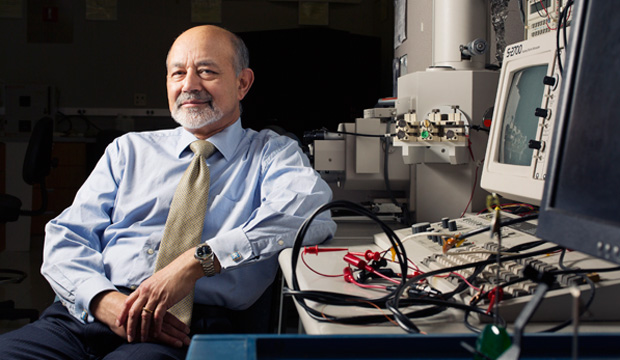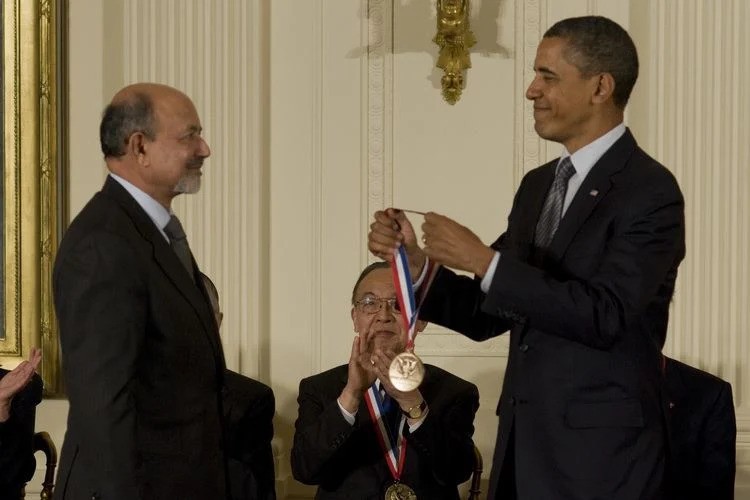(December 31, 2023) This week, we have taken you through some of the biggest events of the year, and turned the spotlight, as 2023 draws to a close, on the Global Indians who have shone on the world stage. It has been an exciting time for all of us here at Team Global Indian in our constant search for stories that we hope have inspired and made an impact.
It has been a good year for us, we’re thrilled to look back on it. Our numbers have grown, with a new crop of writers giving us a diverse mix of stories, from courageous activists, to conservationists, Ambassadors, scientists, entrepreneurs, artists and chefs. It’s a mixed bag for sure, but the one thing they have in common is a remarkable story to tell. So, as we step into the new year, I would like to leave you with some of our best offerings through the years – the big names, the newsmakers, and my own favourite reads. I hope you enjoy reading them as much as we did writing them. May 2024 bring you inspiration, purpose and great success, dear readers. Thank you for going on this journey with us, we couldn’t have done it without you.
Global Indian Stories we loved this year
Akshita Bhanj Deo: Building sustainable tourism with social impact
Maharajakumari Akshita Bhanj Deo definitely makes my top five for the year. A descendant of Nepal’s Bhanja Dynasty, Akshita and her sister are the directors of the 200-year-old Belgadia Palace in Mayurbhanj, which they painstakingly restored and now operate as a beacon of sustainable tourism.

Greenhouse-in-a-box: How Kheyti brings smart tech to small farmers
Small-holding farms produce a third of our food, but those who farm them are among the poorest people on the planet and the most affected by climate change. It was to address this inequality that the start-up, Kheyti, was founded in 2015 by Ayush Sharma, 37, Saumya Sahay, 33, and Kaushik Kappagantulu, 36. Their “greenhouse-in-a-box” is an affordable, modular greenhouse that uses 90% less water than standard greenhouses, grows seven times more food, and gives farmers a steady, dependable income.
Changing the taste of India: Wharton grad Revant Himatsingka educates Indians on junk food
Revant Himatsingka tells you what you eat – or the truth behind it. His approach is fairly simple: He simply advises you to read the labels on the back of everything you eat. Himatsingka caused such a sensation when he took on Maggi ketchup, that they took cognizance of his campaign and promised to reduce sugar content by 22%.
Sakshi Dhoni: From film production to life with M.S. Dhoni
Sakshi Dhoni talks about life as the wife of one of India’s greatest cricketing heroes, M.S. Dhoni, their latest venture into film production, their love for Chennai and her pets, in this tell-all interview.
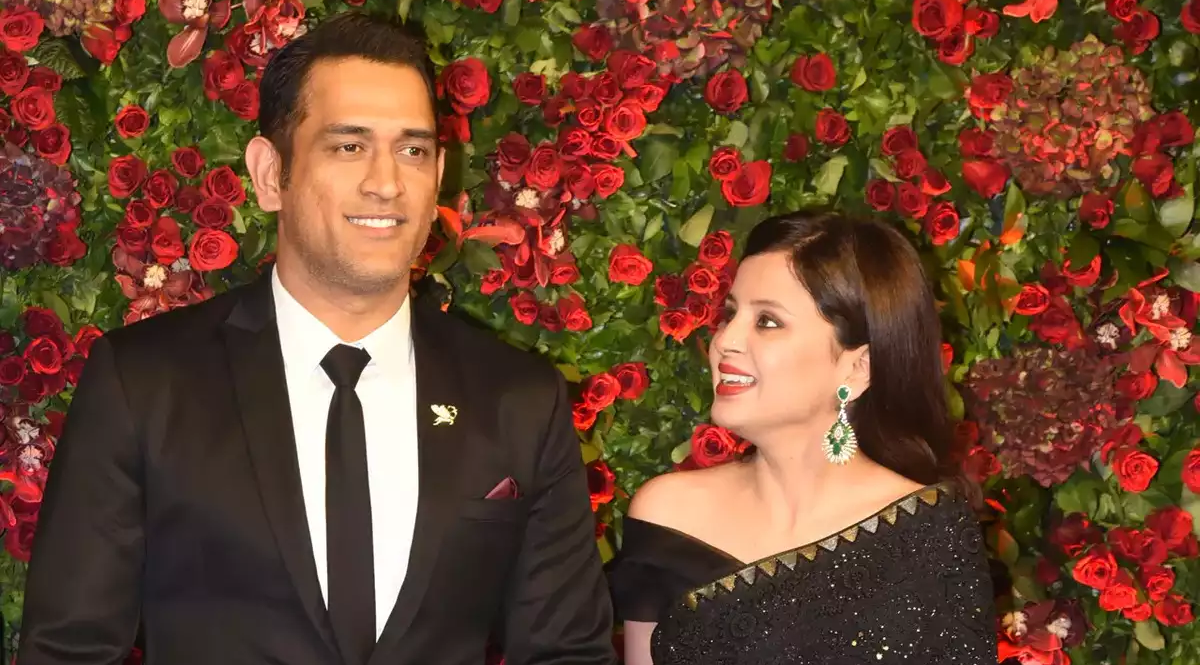
Gender equality proponent Ambassador Geeta Rao Gupta’s journey is empowering millions
In a career spanning over four decades, Ambassador Rao Gupta has served as the former president of the International Center for Research on Women (ICRW) and was previously appointed by the United Nations Secretary-General Ban Ki-moon as the deputy executive director for UNICEF, where she served from 2011 to 2016. During her recent visit to India, the U.S. Ambassador-at-Large talks about how the young girl with big dreams in New Delhi was nominated by the President of the United States, Joe Biden to become the U.S. Ambassador-at-Large for Global Women’s Issues.
Meet Dr. Archana Sharma, the Indian scientist involved in the discovery of the Higgs boson at CERN
Get a front row seat to one of the biggest modern breakthroughs in particle physics, the discovery of the Higgs Boson, through Dr Archana Sharma, the only Indian scientist at CERN.
Into the Wild with Dr. Koustubh Sharma: Behind the scenes of snow leopard conservation
Wander through the perilous, snowy wilderness of the Central Asian mountains in search of the elusive snow leopard, with Dr Koustubh Sharma, one of the world’s leading reseachers and conservationists of the snow leopard.

The unbreakable sailor: Cdr Abhilash Tomy’s epic tale of courage, conviction, and second chances
This year, Commander Abhilash Tomy sailed around the world to win gold at the Golden Globe Race, touted as one of the most challenging sporting events in history. Five years ago, as he participated in the very same race, his yacht capsized, leaving him stranded in the ocean with a broken spine. Going back at all is an act of immense courage, and his is a story worth celebrating.
Capt Aarohi Pandit: Crossing the Atlantic and Pacific Ocean solo as the world’s youngest pilot
As Tomy travelled the oceans, Aarohi Pandit took to the skies. At 23, she made history as the first Indian woman to accomplish a solo flight across the Atlantic and Pacific Oceans. A nerve-racking flight of six hours and thirty minutes in an ultralight glider from Reykjavík in Iceland to Greenland, that made her think about the blurry line between life and death, made her the first woman in the world to cross the Atlantic Ocean in an ultralight aircraft.

Sujay Sanan: Cape Town-based Indian artist’s work finds place in South Africa’s new 5 rand coin
It was in late 2019 when an email from SA Mint, the subsidiary of South Africa Reserve Bank, left Cape Town-based Indian artist a little perplexed. He hesitated to respond, unable to fathom why the bank was summoning him for a meeting. It was only after the gentle coaxing of his then partner and now wife that he reluctantly obliged. Days later, he found himself in the lobby of a downtown hotel where he was ushered into a room enveloped in an air of secrecy. Before him was a folder labeled ‘Top Secret’… we won’t keep the secret from you but read on to see how Sujay Sanan went on the journey of a lifetime and eventually found his drawing on the southern right whale on South Africa’s coinage.
From Kerala to the Met Gala: Neytt by Extraweave merges tradition with innovation
Go behind the scenes on the factory floor at Neytt by Extraweave, founded by Sivan Santhosh, and see how they created the the stunning, sustainable, custom-designed, handpainted white carpet at the Met Gala 2023, which paid tribute to the fashion icon Karl Lagerfield.
Rupee Beer: Van and Sumit’s flavourful journey to introduce Indian craft beer to the world
What began as a trial in their family’s Indian restaurant in the US state of Maine, Vanit (Van) and Sumit Sharma’s Rupee Beer has evolved into a prominent brew. Now available in twelve states in the US, their brew is not just a lager, but was specially crafted by a world-renowned master beer brewer to pair and complement Indian cuisine. Starting out during the COVID-19 pandemic, and choosing an iconic name for their brand, the brothers have set out to honour their Indian heritage, commemorate their family’s entrepreneurial legacy and to showcase the magnificence of the Indian culture to a global audience.



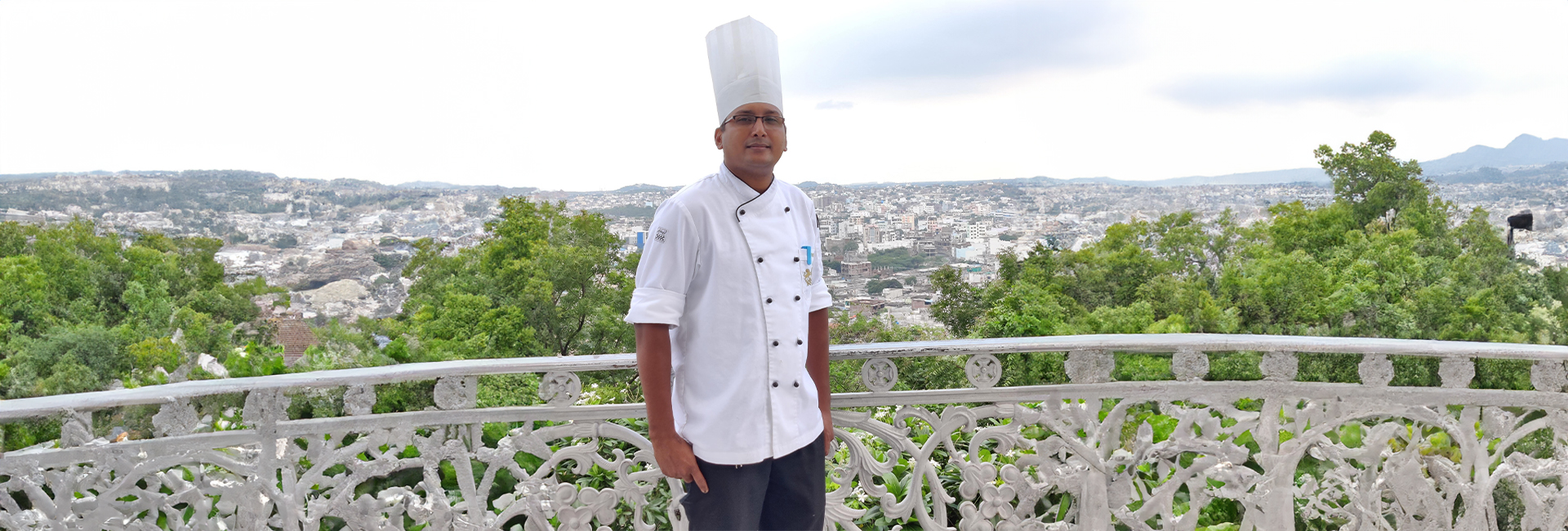

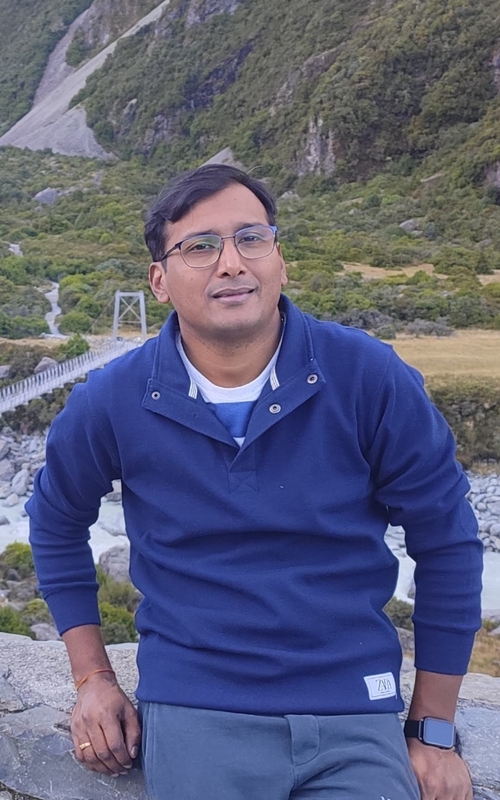

 Dr Pradeep Sethi with cricketer Ravi Shastri[/caption]
Dr Pradeep Sethi with cricketer Ravi Shastri[/caption]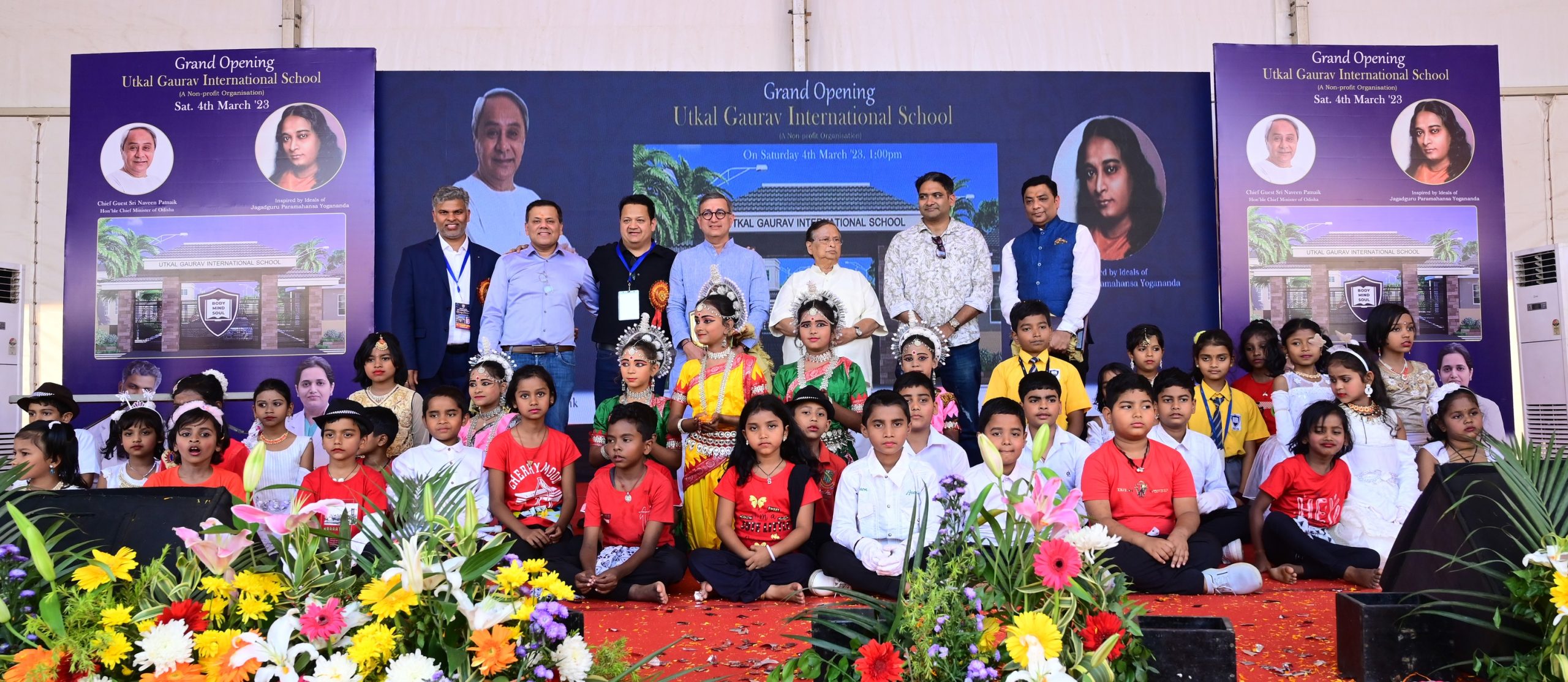 Opening ceremony of Utkal Gaurav International School[/caption]
Opening ceremony of Utkal Gaurav International School[/caption]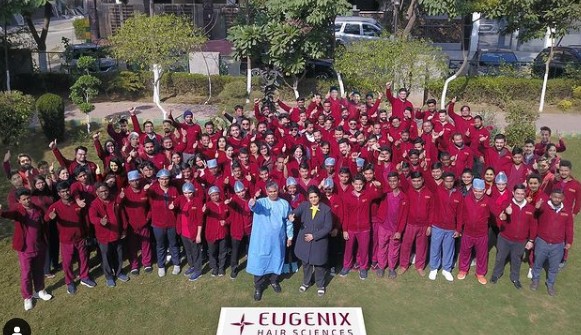 Dr Pradeep Sethi and Dr Arika Bansal with their team[/caption]
Dr Pradeep Sethi and Dr Arika Bansal with their team[/caption]
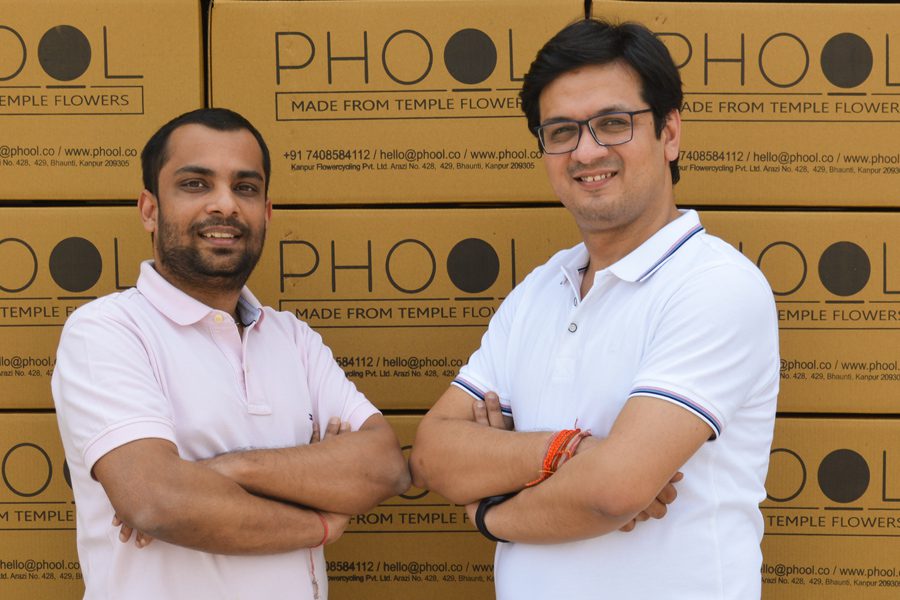 Ankit Agarwal and Prateek Kumar, the co-founders of Phool[/caption]
Ankit Agarwal and Prateek Kumar, the co-founders of Phool[/caption]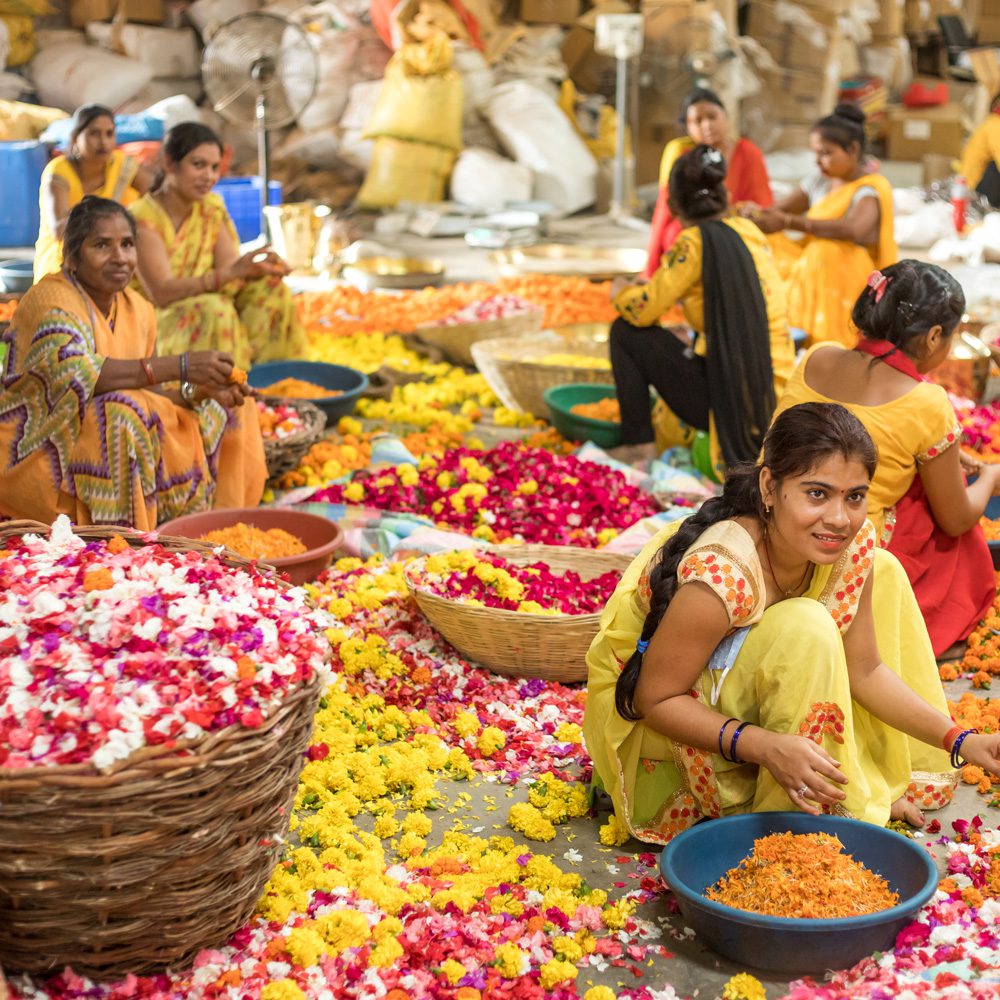
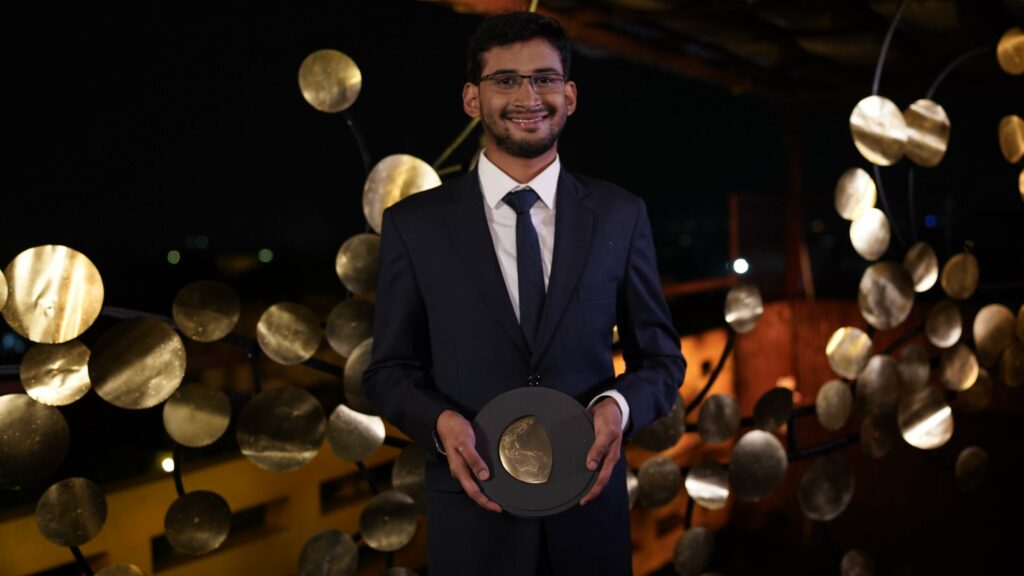 Vidyut Mohan, the founder of Takachar[/caption]
Vidyut Mohan, the founder of Takachar[/caption]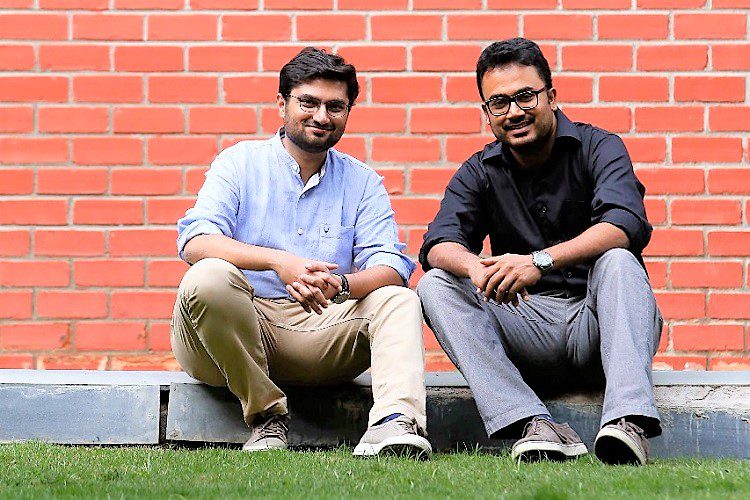 Mani Vajipeyajula and Rajkiran Madangopal, the founders of Banyan Nation[/caption]
Mani Vajipeyajula and Rajkiran Madangopal, the founders of Banyan Nation[/caption]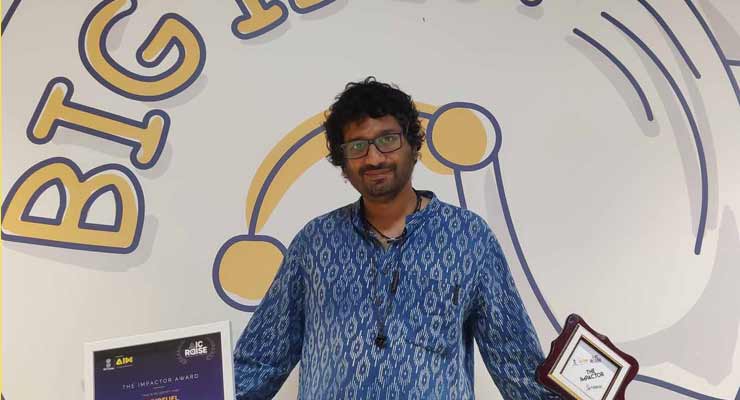 Kishan Karunakaran, the founder of BuyoFuel[/caption]
Kishan Karunakaran, the founder of BuyoFuel[/caption]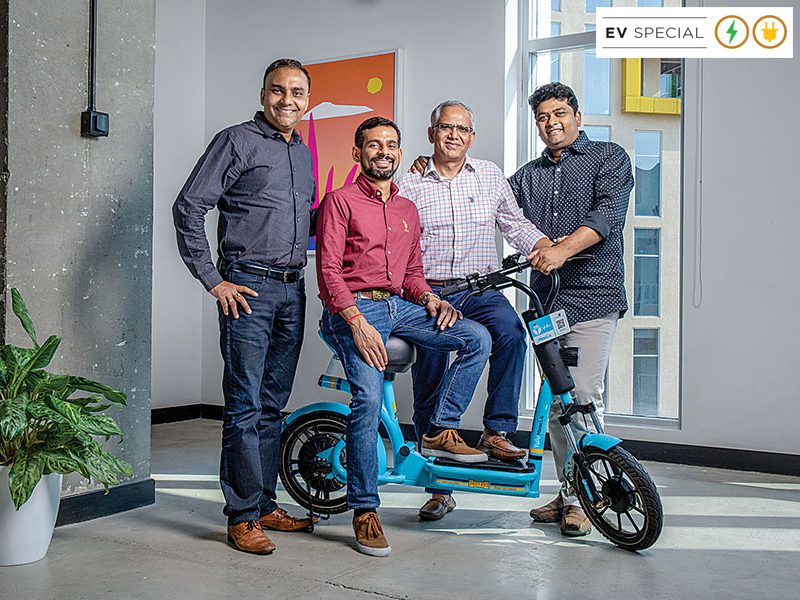 Hemant Gupta, Amit Gupta, RK Misra & Naveen Dachuri, the founders of Yulu[/caption]
Hemant Gupta, Amit Gupta, RK Misra & Naveen Dachuri, the founders of Yulu[/caption]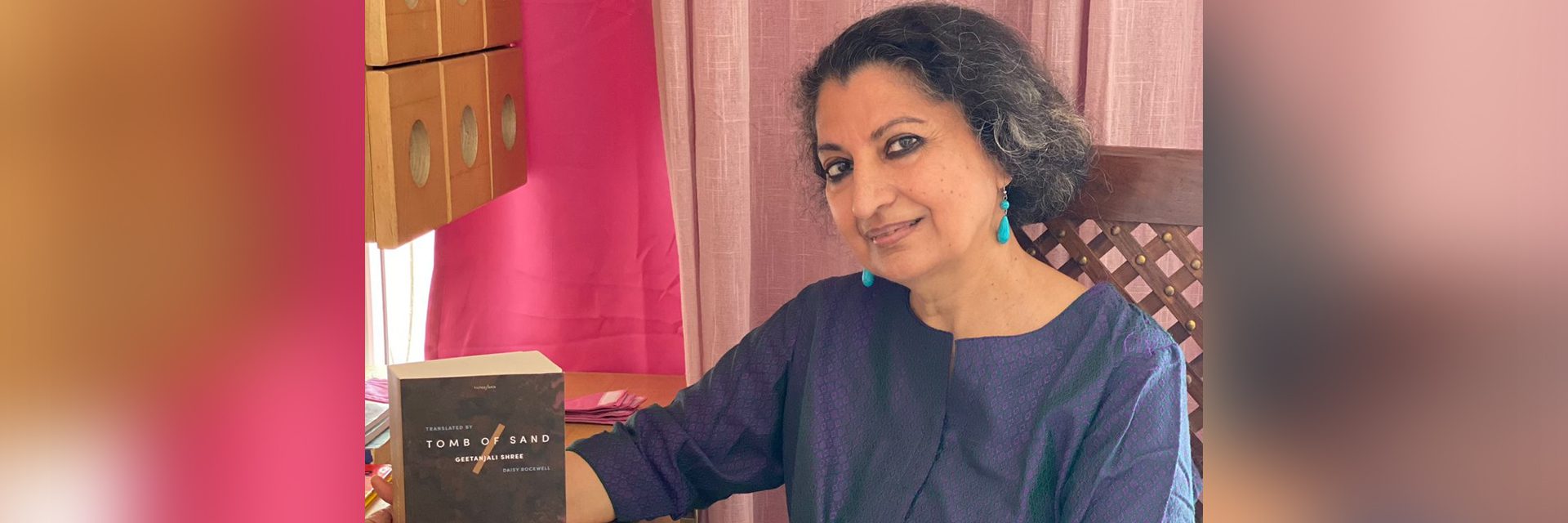
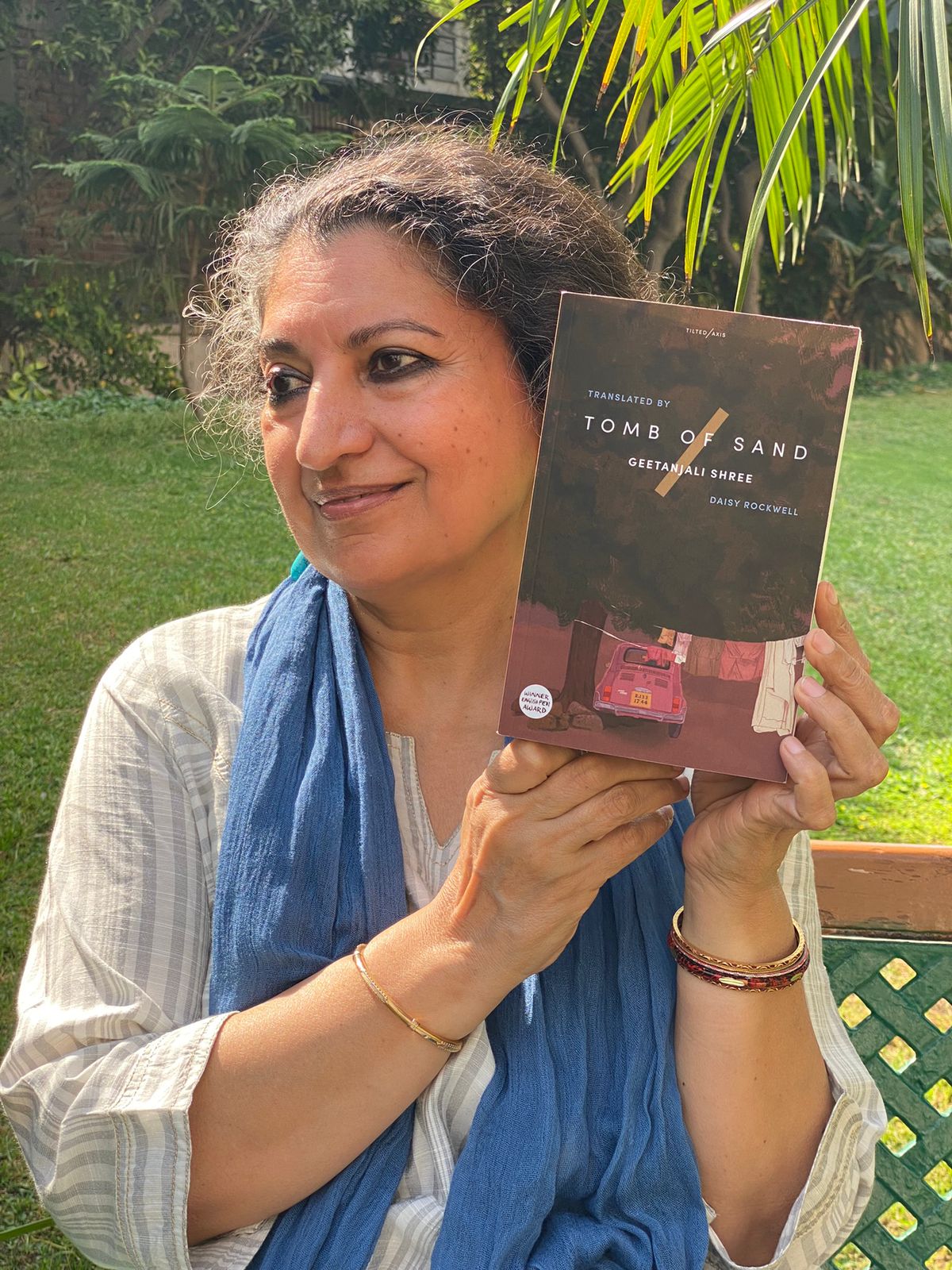 Geetanjali Shree, author, Photograph by Jayanti Pandey[/caption]
Geetanjali Shree, author, Photograph by Jayanti Pandey[/caption] Geetanjai with her favourite author, Krishna Sobti[/caption]
Geetanjai with her favourite author, Krishna Sobti[/caption]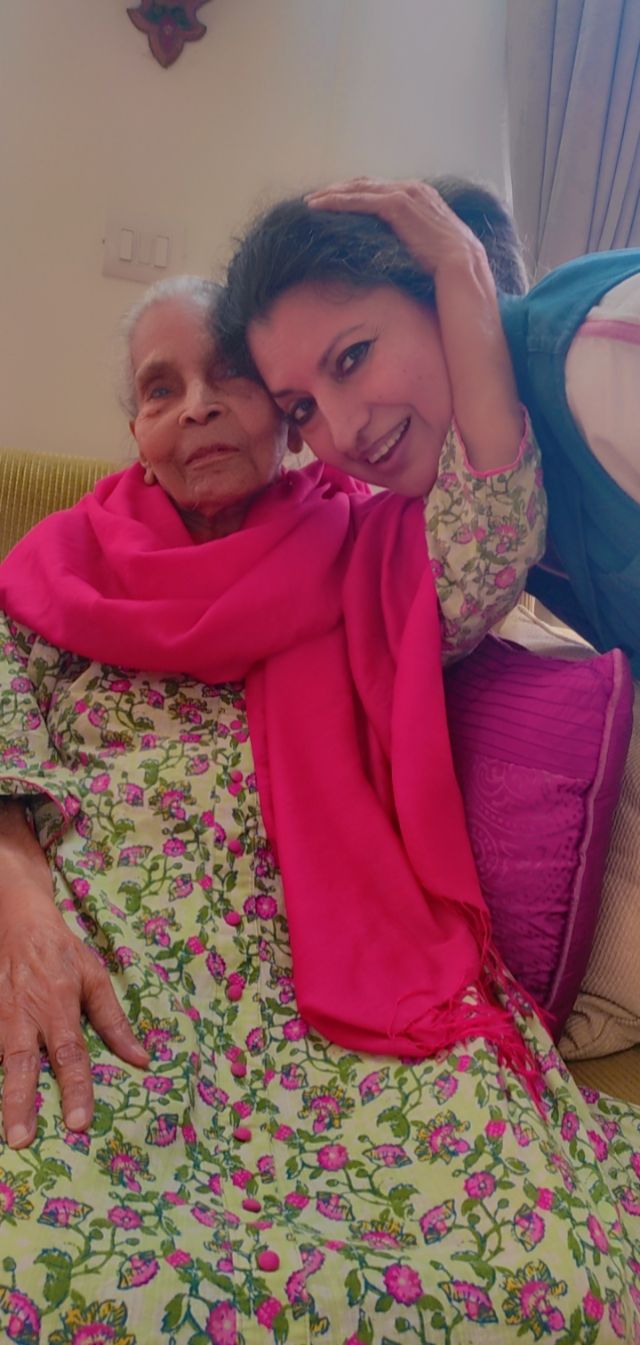 Geetanjali with her mother[/caption]
Geetanjali with her mother[/caption]
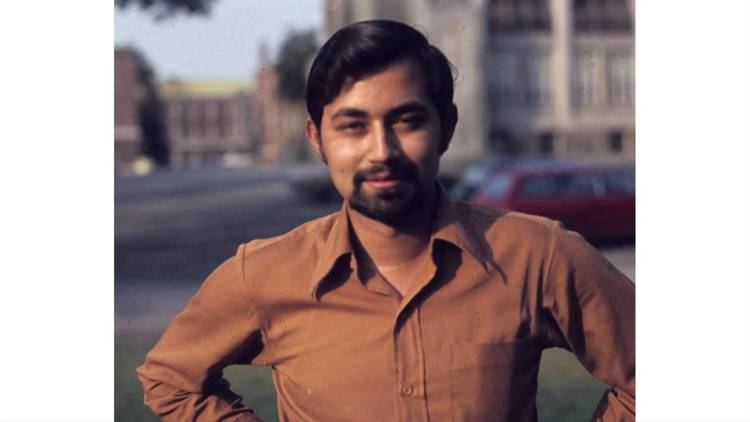 A young Dr. Baliga soon after shifting to the USA[/caption]
A young Dr. Baliga soon after shifting to the USA[/caption]